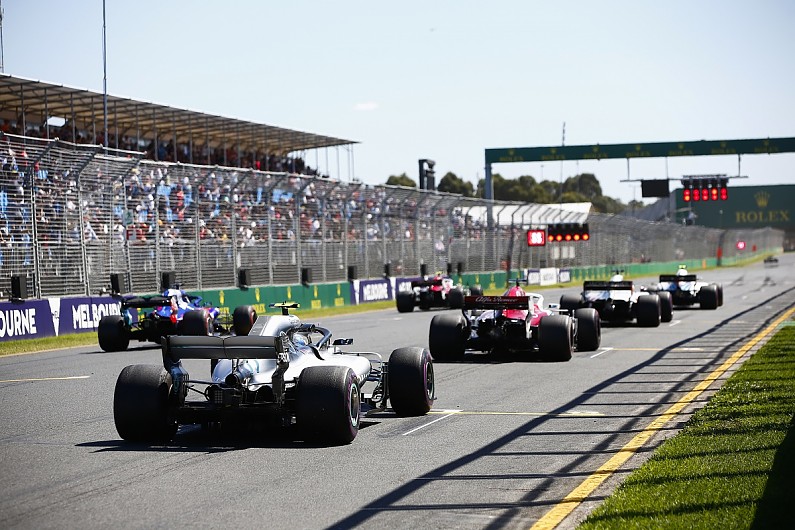Get unlimited access for free
You have only 5 articles remaining to view this month.
The FIA is planning to monitor fuel usage by Formula 1 teams more closely this year by introducing a series of physical checks.
The new procedures suggest that the governing body could have been alerted to possible grey areas concerning fuel usage in races, and is keen to address any suspicions. It had already tightened up checks in the latter part of 2018.
Teams will now be asked to declare how much fuel they are planning to put in the car for the race.
FIA technical boss Jo Bauer and his colleagues will then have the right to weigh the cars before and after the race in order to determine exactly how much fuel has been used and how that matches up with what has been recorded by the fuel flow meter.
The strict new procedures were outlined in a technical directive from FIA head of single-seater matters Nikolas Tombazis that was circulated to all teams last Tuesday.
Teams now have to declare the amount of fuel they intend to put in the car – which covers the laps to the grid, the formation lap, the race and the in-lap – at least two hours before the race start.
This amount of fuel has to be in the car’s tank no later than one hour before the pit lane opens, after which time no fuel chilling will be allowed.
The FIA then reserves the right to randomly check cars before the race, with the car weighed with a set of ‘travel wheels’ marked by the FIA and that have a known weight.
The team will be asked to drain the fuel tank, with the fuel pump then run to ensure that all remaining fuel goes into the collector – and the FIA will then make sure that there is nothing left in the car.
The car will then be weighed again, and a fuel mass calculated from the difference with the earlier weight. The fuel will then be pumped back into the car, which will then be weighed for a third time, after which point the fuel hatch and QD (quick disconnect) will be sealed so no fuel can be added or removed.
Following the race the FIA can again choose cars for random fuel checks, after the usual parc ferme procedures have been carried out. The car will be weighed with the same marked travel wheels used in previous checks.
As before the team will be asked to pump out any remaining fuel, and the FIA will make sure that none remains in the car. A further weight check will be used to determine that mass of fuel that has actually been used from the laps to the grid to the in-lap. The car will be then be weighed again.
Tombazis (pictured below with Toto Wolff) noted that “The difference between the pre- and post-race fuel masses will be assumed to be the measured fuel mass used (which clearly includes laps to the grid, formation laps, fire-ups etc).
“It can be compared to the integrated FFM [fuel flow meter] figures and to the fuel injectors model figures in order to provide confirmation of the validity of these readings.
“Please note that the pre-race fuel mass that gets used for this calculation is either the declared mass, or the measured mass if this has been randomly checked.”
Tombazis also issued a very specific list of situations that may trigger further investigations, and/or the team concerned being reported to the stewards. It reads as follows:
“1. If the fuel pump-out procedure differs from the declared and documented process that the team is required to communicate to the FIA in advance.
“2. If a significant volume of fuel is found in the car after the fuel has been pumped out using the above procedure.
“3. If the team fails to make a fuel mass declaration more than two hours before the pitlane opens, or if the declared amount of fuel is significantly different to what gets drained in the event of a random check.
“4. If the comparison between the integrated fuel flow meter signal and the measured fuel mass consumption shows the former to be lower than the latter.
“5. If the fuel mass used for the race, assessed with the car weight comparison, exceeds 110kg, as required by article 30.5 of the F1 sporting regulations.
“6. If software inspections and/or data analysis show significant operational differences between qualifying and the race.”
Although the FIA has already experimented with extra fuel weight monitoring – Red Bull was checked in Abu Dhabi last year – some teams are concerned about the potential logistical impact should their cars be chosen for a random test by the FIA.
All teams have established minute-by-minute pre-race procedures that would be interrupted by being called for a test, and draining a full tank is not a straightforward process.
